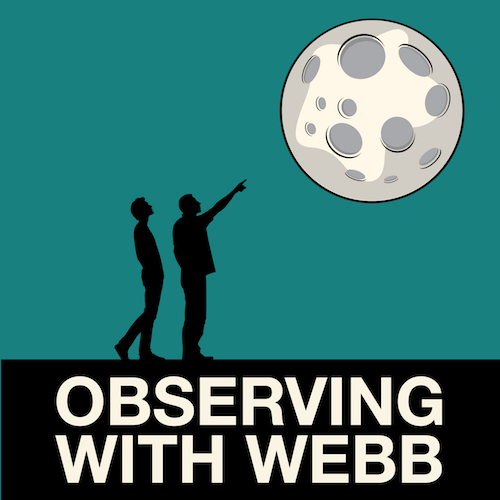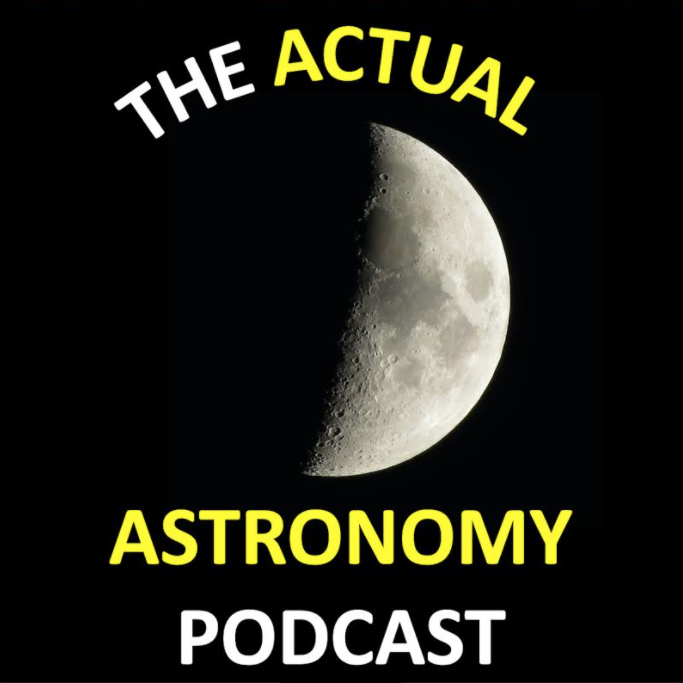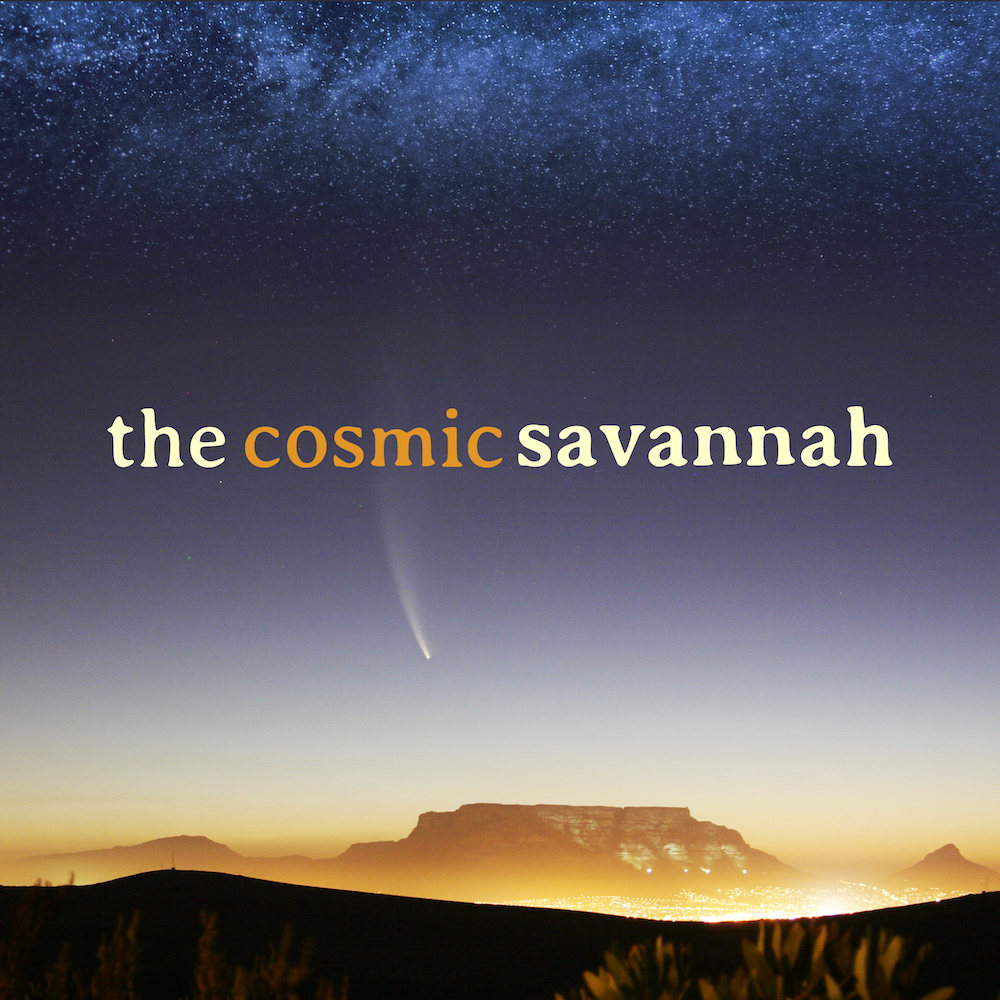All five naked-eye planets are easily visible at different parts of the night, the Leonids will grace the mid-month skies, and the Moon makes its monthly visits in line with the planets.


All five naked-eye planets are easily visible at different parts of the night, the Leonids will grace the mid-month skies, and the Moon makes its monthly visits in line with the planets.

The Actual Astronomy Podcast presents Objects to Observe in the November Night Sky. In this episode we focus on sky events to help newcomers learn the night sky as we discuss Meteor Showers, Comets to locate and how to use the Moon to find Jupiter, Saturn, Uranus, Mars, Venus and Mercury!

Today we start our survey of the solar system with Mercury. What mysteries is it hiding from us? How similar is Mercury to the other rocky planets? How much do we really know about this first rock from the Sun?

In this episode @cosmicsavannah talk to Dr Niruj Ramanujam from the South African Radio Astronomy Observatory (SARAO) about the importance of the Mercury Transit & how you can see the transit.

This week news: Venus at greatest elongation. Jupiter/Mars conjunction. Heat on mercury helps it make it ice. Discussion: Modeling coronal mass ejection

ESO images of Betelgeuse & the more recent evidence for the star’s dimmed. March Sky Guide, and more news roundup.

Plumes on Enceladus! Discussion with Dr. Christopher Glein. And of course we have more news roundup as well. Check it out at #365DaysOfAstro

Think of Mercury as a metal ball a bit larger than our Moon, with a rocky crust on top. more about Mercury at #365DaysOfAstro with @blackrockcastle

June will be warmer, with shorter nights, but still some good events. Watch for Mercury and Mars in a conjunction mid-month, Jupiter up all night long, and some good lunar close encounters.

This week we have several news. NASA budget, Mercury dusty ring, Oportunity last panorama & discussion about Spitzer & Star Formation